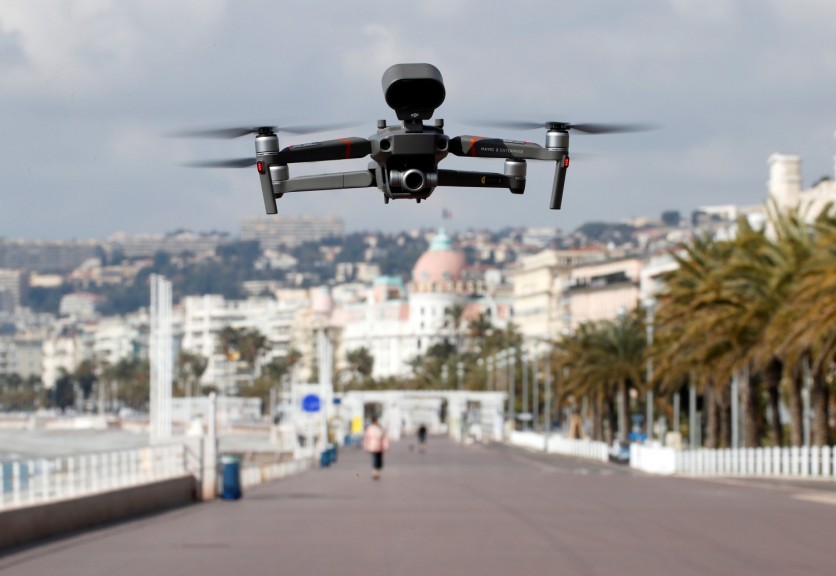

There are plenty of amusing things you do with drones, which include racing them or taking movies of your self doing diverse activities. However, drones made their way onto battlefields in recent years. Excluding the military, even off-the-shelf commercial drones can be used to undercover agents on people or at some point in terrorist attacks.
New studies into drone detection technology may want to assist us in preventing those matters from happening. The research, published in the journal IEEE on Wednesday, Mar. 18, investigates how we can correctly use radar technology to monitor the presence of drones.
A "pressing need" to enhance drone use
Researchers from Aalto University in Finland, UCLouvain in Belgium, and New York University amassed radar measurement information to investigate how drone detection technology can be improved. The researchers were specifically looking at special drones' Radar Cross Section (RCS), which measures how one of a kind drones replicate radio waves.
D. Sc. Vasilii Semkin, a research scientist and one of the authors of the study, said there is a "pressing need" to enhance how we participate in drone use. He explained careful usage of the item will help prevent drones from being used for nefarious purposes.
With sufficient piloting skills, Semkin said someone could fly one into your backyard and see by your windows. While that is concerning enough, the idea of humans weaponizing drones is even extra alarming. A drone will be retrofitted for you to fire a gun just like what happened in Connecticut in 2015, or a person could strap a bomb to a drone and fly it right into a crowd. Keep in thoughts that some drones can fly miles from their operator.
Semkin said the team measured drones' RCS at more than one 26-40 GHz millimeter-wave frequencies to understand better how drones can be detected, and find the difference among drone models and materials in phrases of scattering radio signals.
As the study author said, the researchers hope their measurements would help create a database that would be used to help engineers improve drone detection period.
ALSO READ: [MISSILES FIRED AGAIN] North Korea Launches Two Projectiles: Third This Month
Are drones really used for war or invading your privacy?
During a time like this, with the world reeling over the coronavirus outbreak, a terrorist attack could cause more chaos. People are already feeling fearful, and hospitals are already struggling to preserve up with demand. Drone detection technology should save you that sort of catastrophe.
However, Ryan Calo, an associate professor of law at the University of Washington and a drone technology expert, dismissed the idea of drones being used for domestic terrorism.
While there are reviews of drone era being used by non-state adversaries in the war field, Calo said he does not see weaponized drones as especially dangerous assets of local terrorism
In terms of privacy violations, Calo says there are many prison routes for managing individuals or the police using drones to secret agents on humans. He told Inverse he's concerned about how those drones should use a couple of different forms of surveillance technologies to invade people's privacy genuinely.
Calo pointed out that main issues should do with combining drones with thermal imaging, chemical detection, or facial recognition, after which indiscriminately deploying them to show the public."
Police departments around the country have thermal imaging gadgets that can assist them in seeing if a person is on the other side of a wall. Calo said many people are concerned about police departments using facial recognition to track people in public. He added the people will soon be able to accurately detect when a police drone is trying to snoop on them.
![Apple Watch Series 10 [GPS 42mm]](https://d.techtimes.com/en/full/453899/apple-watch-series-10-gps-42mm.jpg?w=184&h=103&f=9fb3c2ea2db928c663d1d2eadbcb3e52)



